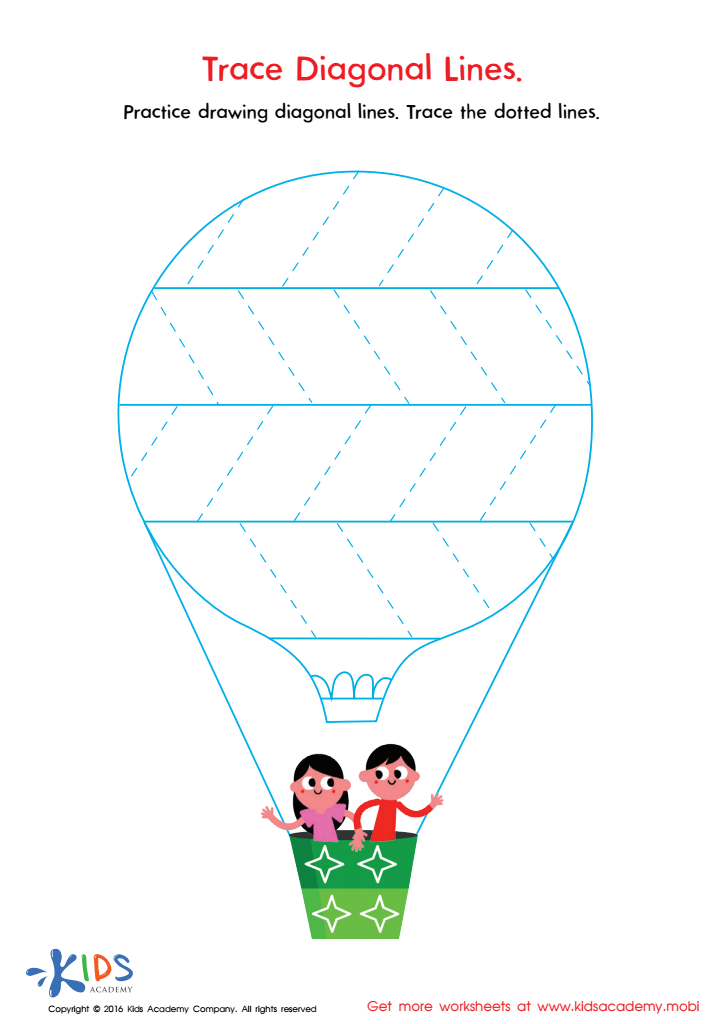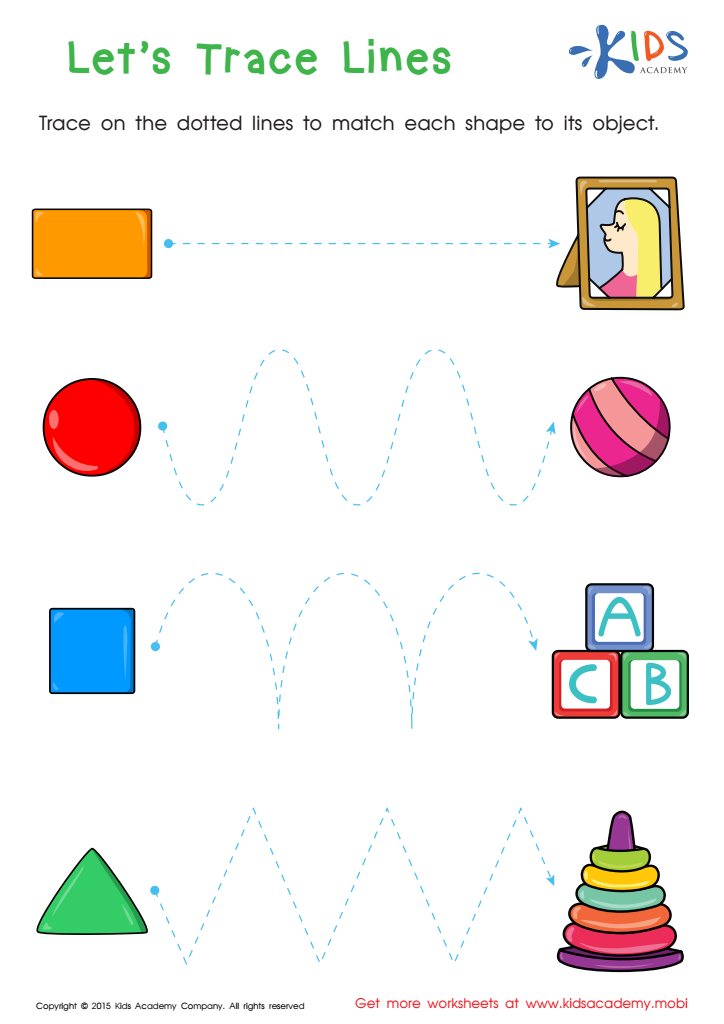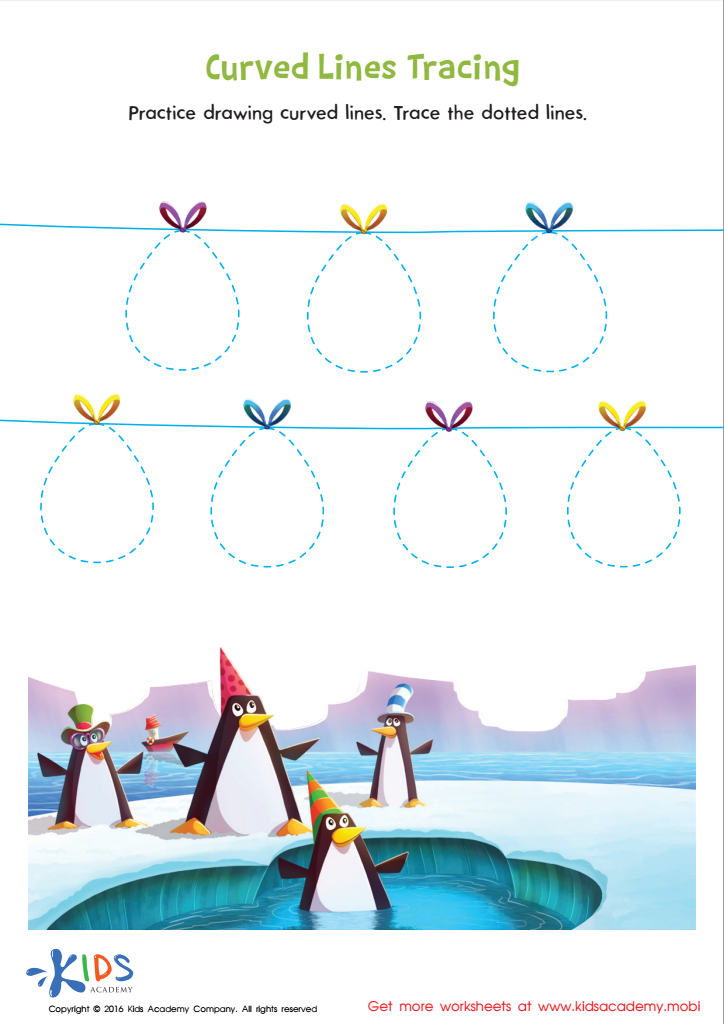Fine Motor Skills Tracing Lines and Curves Worksheets for Ages 4-6
5 filtered results
-
From - To
Enhance your child’s fine motor skills with our engaging Tracing Lines and Curves Worksheets, designed specifically for ages 4 to 6. These worksheets provide an enjoyable way for young learners to practice hand-eye coordination, pencil grip, and control as they trace a variety of lines and shapes. Each page features colorful designs that captivate children's attention, helping them develop essential writing skills while having fun. Ideal for preschoolers and kindergarteners, our resources support early childhood education and promote independence. Download now to give your child the building blocks for successful handwriting and motor skill development!


Trace Diagonal Lines Worksheet


Tracing and Spacing: Assessment 1 Worksheet


First Words: Let's Trace Lines Worksheet


Curved Lines Tracing Worksheet


Tracing Lines Worksheet
Fine motor skills are crucial for children's overall development, particularly for ages 4-6 when their cognitive and physical growth is rapid. Engaging in activities that involve tracing lines and curves enhances dexterity and hand-eye coordination, which are essential for everyday tasks. Activities like these improve muscle control and precision in young children as they learn to manipulate pencils, crayons, or other writing tools, setting the foundation for writing readiness.
Parents and teachers should care about these skills because they significantly contribute to a child's ability to express themselves through writing and art. As children trace different shapes and patterns, they also refine their spatial awareness and pattern recognition, which are vital for future mathematics understanding.
Moreover, fine motor skills play a critical role in fostering independence. Children who can effectively use their hands for various tasks build confidence in their abilities, while also developing patience and perseverance through practice. Finally, tracing lines and curves serve as a fun and engaging way for children to focus their attention and increase concentration—a skill that is beneficial throughout their educational journey. Overall, nurturing fine motor skills at this formative age supports a child's success in school and beyond.
 Assign to My Students
Assign to My Students


















